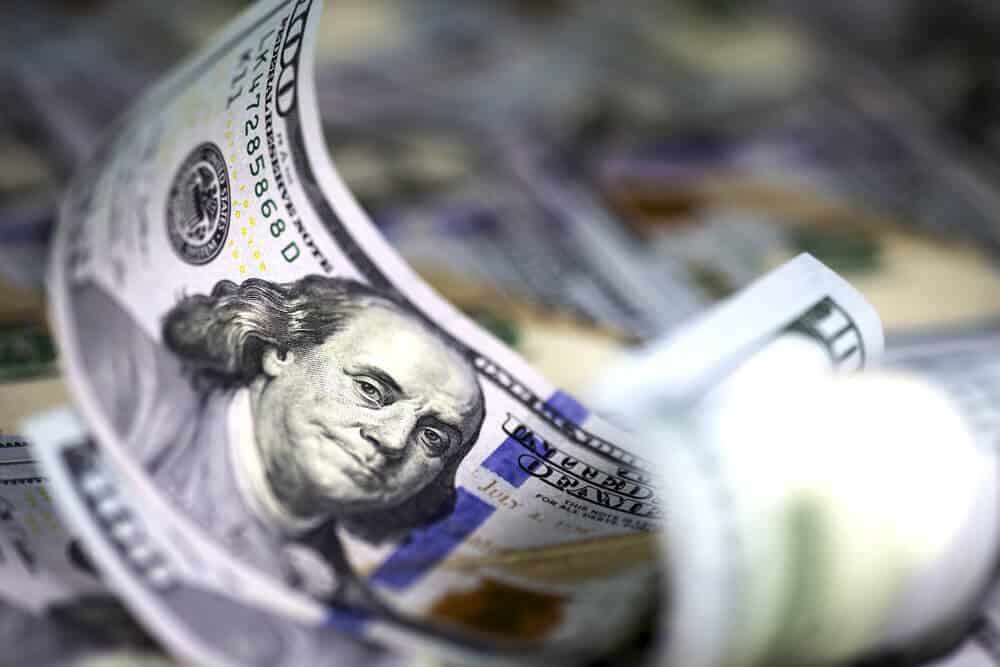
The Dollar Stays in Demand amid U.S. Crude Crash
The dollar and yen held broad gains in forex on Wednesday. The return of U.S. oil to positive territory from a historic plunge has failed to calm market nerves.
The AUD jumped on record retail sales figures. The USD sat just below a two-week peak against other currencies. It barely budged against commodity currencies whacked by the oil collapse.
The safe-haven Japanese yen was at 107.83 per dollar. The AUD’s 0.5 percent gain to $0.6354, following a record surge in retail sales last month, was an outlier. It had begun to wind back by mid-session.
National Australia Bank FX strategist Rodrigo Catril said he would treat the number with caution. It is because like elsewhere there has been so much panic buying of toilet paper and other things. Catril expects a plunge in April figures saying we’d fade the rally.
In other forex news, the stabilization in oil prices gave a small lift to the Russian ruble and Norwegian krone. The CAD struggled for traction.
Chris Weston, head of research at Melbourne brokerage Pepperstone said, the bears are certainly getting the upper hand.
The U.S. currency has gained about 0.6% this week on a basket of currencies. It stands near multi-week highs hit on Tuesday against the krone, ruble and loonie.
The euro remained rangebound, holding at $1.0856. The British pound held near a two-week trough after a gloomy assessment of recovery prospects from the BOE’s chief economist.
Dollar Holds Gains as crude Crash Continues
The market remains damp and the U.S. dollar is consolidating its gains after Tuesday’s risk-off. This saw markets tumbling as crashing crude prices remain in the spotlight.
The recovery in U.S. crude lifts it out of negative territory, but at little over $11 a barrel. It is still some 80% under January’s peak as cratering energy consumption due to COVID-19 lockdowns creates a supply glut.
The drop has soured appetite for risk and seems to have halted a rebound in stock markets. Investors brace for a long and slow global economic recovery.
Return to work in the U.S looks disorderly as states and medical experts clash about the best course of action.
Singapore, initially a case study in successful suppression of COVID-19, has extended its partial lockdown by a month. It struggles with a sharp rise in coronavirus cases sweeping through cramped worker dormitories.
Australia’s Central Bank Governor, Philip Lowe, said Australia is likely to experience its biggest contraction in output since the 1930s. A quick fix and return to business as usual should not be expected.
CommBank FX analyst Joe Capurso said the fall in commodity and equity prices shows the market participants expectations. They expect the world economy to remain weak for some time, even once the lockdowns are eased.
They expect the weak world economy to bear down on the Australian dollar. Forex trading foresees the Aussie to oscillate around $0.6000 in coming months.




